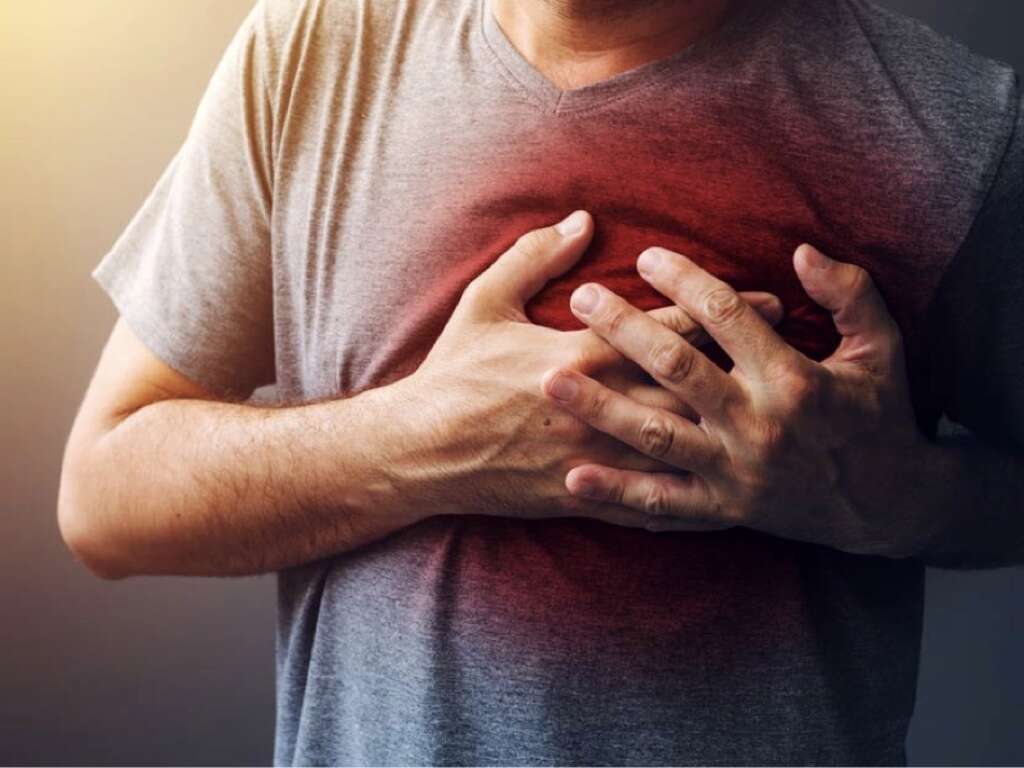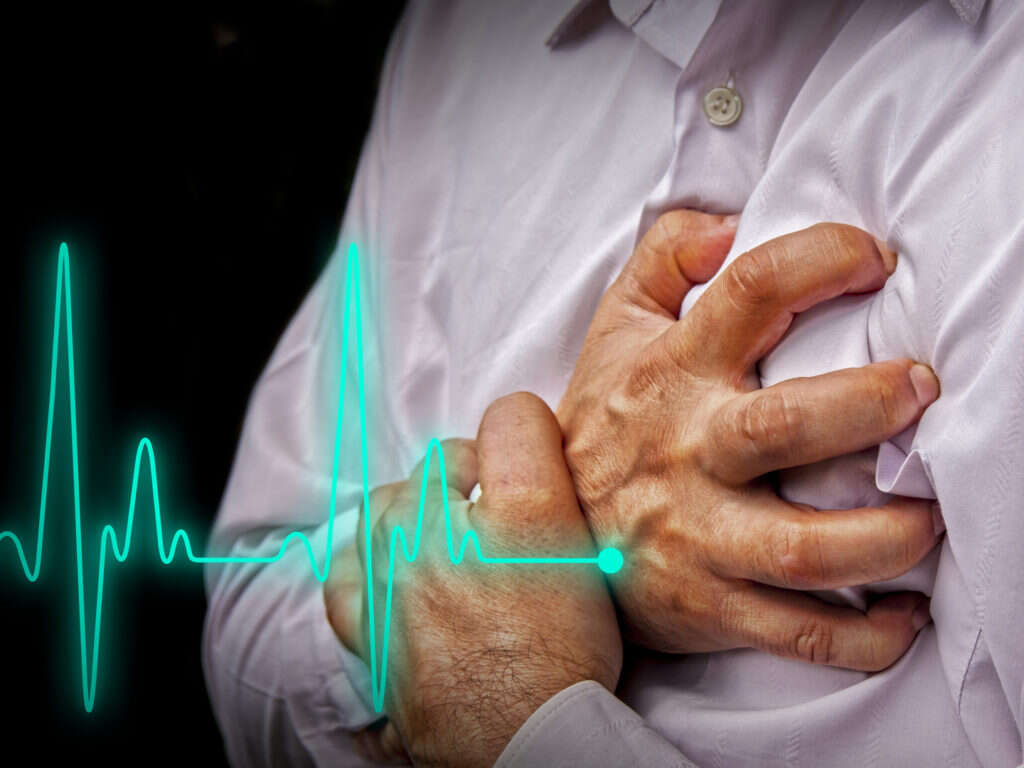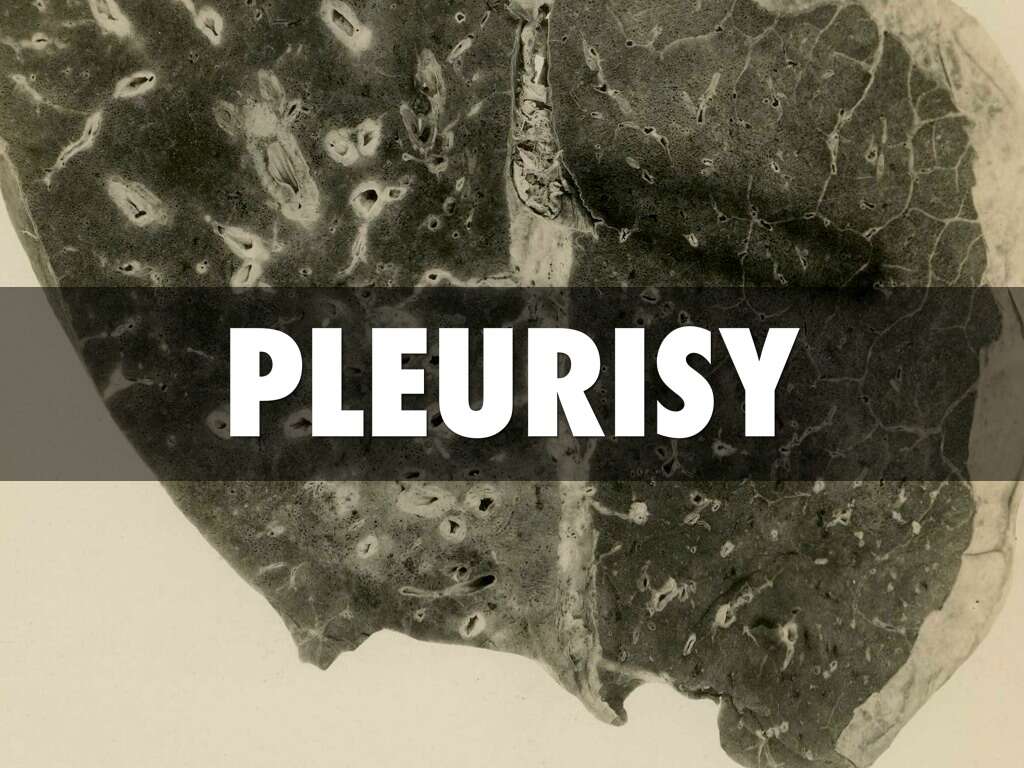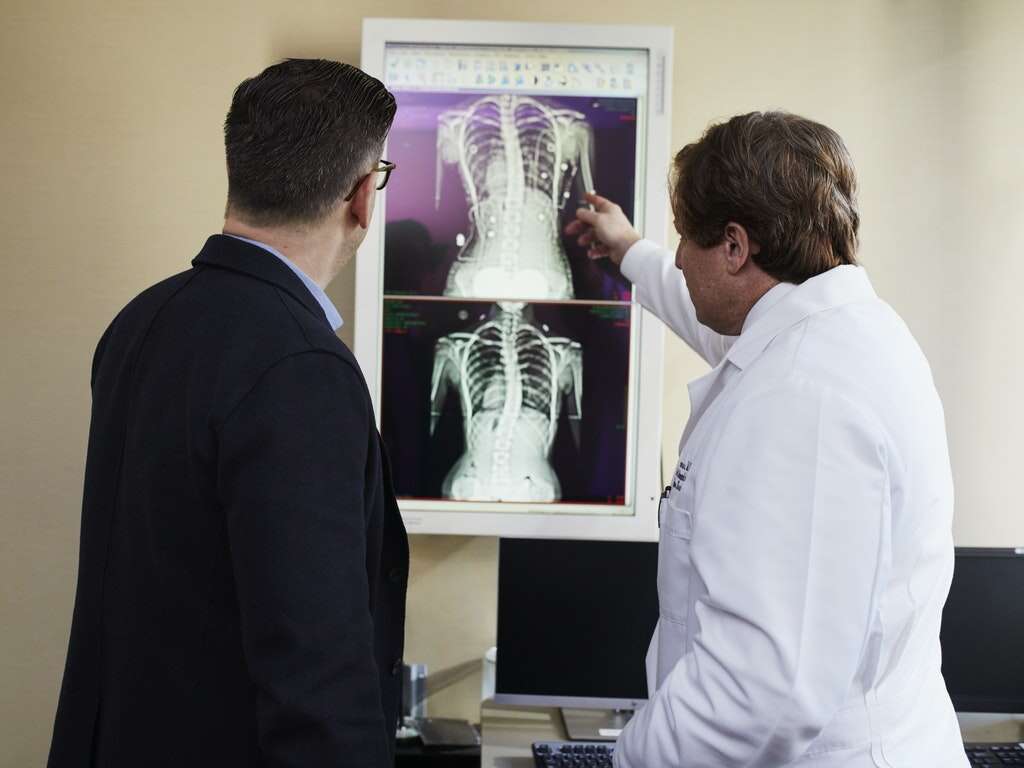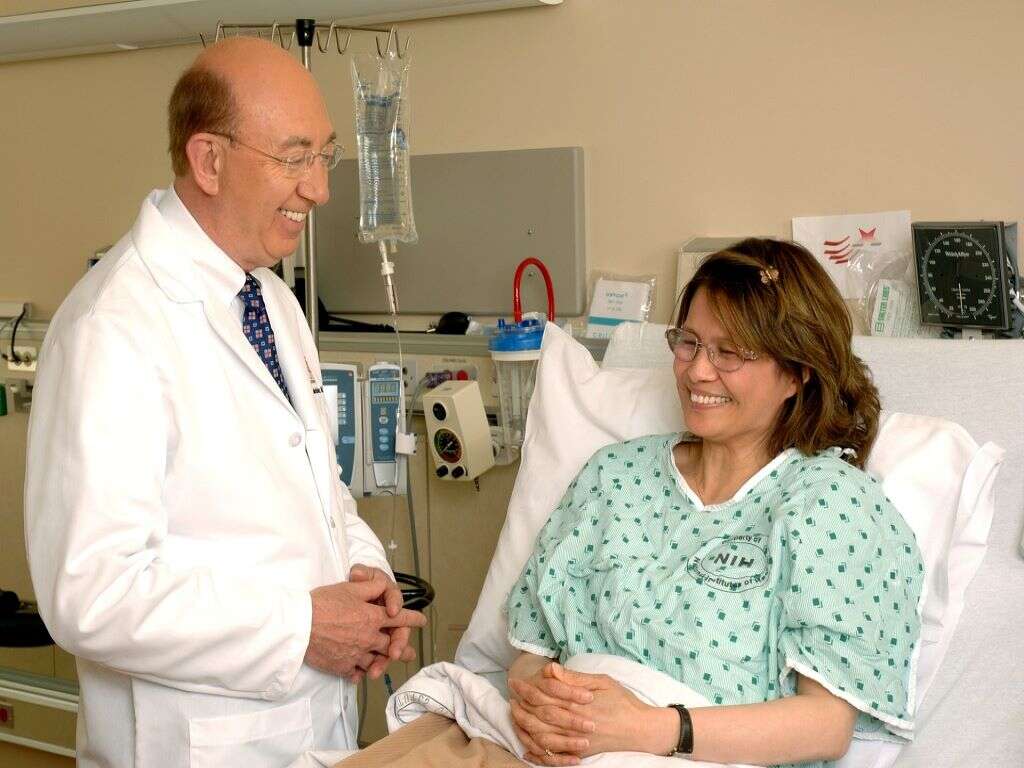What Is Acute Chest Syndrome?
The importance of being able to get the oxygen that we need cannot be stressed enough. Our body’s cells rely on oxygen in order to generate the energy that they need. If they did not have this oxygen, they could create no energy, and they would simply die. Even a temporary shortage of oxygen can result in the death of some of our cells.
Acute chest syndrome is a condition that is closely associated with sickle cell disease, but can also be caused by some other medical conditions. The syndrome is very dangerous and puts the patient’s life at immediate risk, so it is essential to get them to an emergency room as soon as possible.
1. Sickle Cell Disease
Sickle cell disease is a condition where the patient’s red blood cells develop abnormally. The cells have a characteristic sickle shape and will die sooner and faster than usual. This can result in anemia as the patient’s blood is unable to transport sufficient oxygen. The symptoms are not usually present in newborns but will begin to show around 6 months old.
The symptoms of sickle cell disease can vary considerably in severity. Most people with the condition will live quite normal lives, but serious complications can arise in some cases. One example of such a complication is acute chest syndrome.
2. Acute Chest Syndrome
As mentioned, sickle cell syndrome can cause some potentially very serious complications, including acute chest syndrome. This is potentially a very serious condition indeed and immediate medical attention should be sought if it is suspected. Acute chest syndrome is an umbrella term for certain chest related conditions.
When getting medical help for this condition, you should make sure that any doctors present are made aware the patient has sickle cell disease. The condition can happen as part of a vaso-occlusive crisis, or it can happen as a standalone condition. There are a number of potential causes of acute chest syndrome.
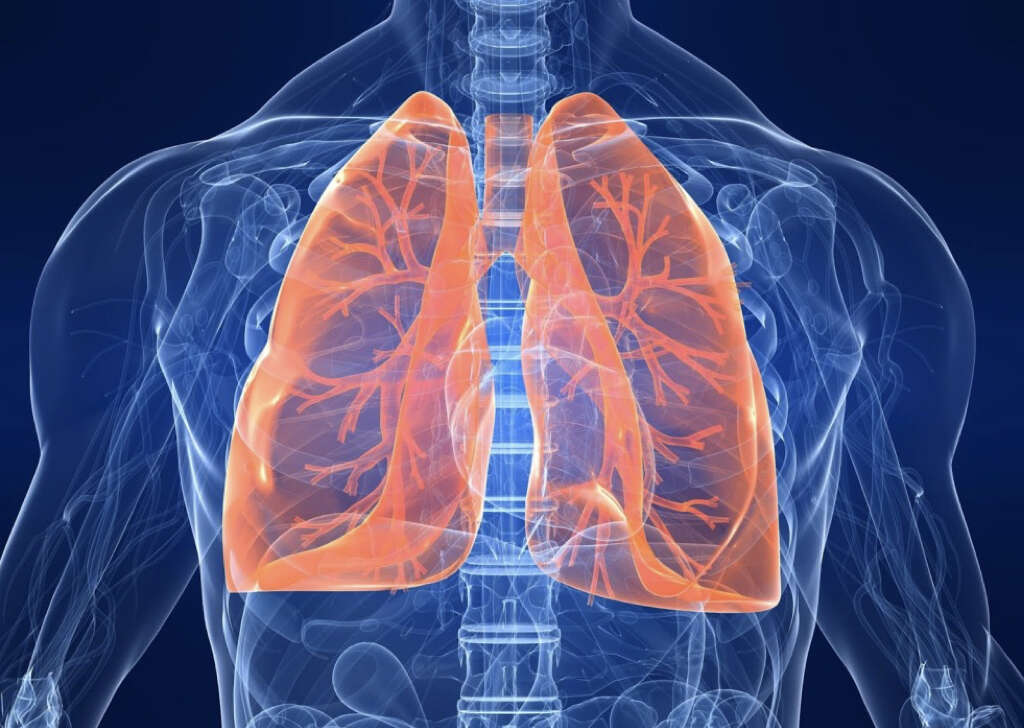
3. Causes
Among the most common causes of acute chest syndrome is pneumonia. Another potential cause is a pulmonary embolism which is when a blood clot travels to the pulmonary artery and blocks it. Another potential cause is a pulmonary infarction. This is a condition where some of the lung tissue has died due to a lack of oxygen.
Acute chest syndrome does not necessarily have to be caused by sickle cell disease. The causes mentioned can occur independently of sickle cell disease, and other causes include asthma, which is the most common cause. People of African heritage are more likely to have problems, and those with sickle cell disease and asthma are in a particularly high risk bracket.
4. Chest Pain
A pain in the chest can be a very alarming symptom, and for good reasons. It can be a sign of something very serious like a heart attack. It is not always something so serious, however, but it still pays to be cautious if you suspect that something is wrong.
Chest pain is one of the most common symptoms in acute chest syndrome, and patients with sickle cell disease should be particularly alert to it. Chest pain is most common in adults, while children are more likely to feel pain in the abdomen area. The severity of the pain will be quite severe in many cases.

5. Fever
Acute chest syndrome is often associated with pneumonia, which itself is usually caused by a bacterial or viral infection. The immune system reacts to this to help defeat the intruders and one way this is achieved is to heat up the body. Pathogens struggle to survive when they are too hot, so a fever can be an effective way of beating them.
This means that patients with acute chest syndrome will often have a fever as a symptom, and chills are also likely. Many patients with acute chest syndrome will also have a cough. These symptoms should encourage any person with sickle cell disease to speak with a doctor.
6. Hypoxemia
Hypoxemia is the technical medical term for not having enough oxygen in the blood. This can happen with acute chest syndrome as the lungs struggle to help the body absorb the oxygen it needs. It is a potentially dangerous condition and it will mean medical assistance is required.
Symptoms of hypoxemia include the skin turning blue in color. The patient will also feel short of breath and their heart can start beating abnormally. The patient may also start sweating, and wheezing is another potential symptom of the condition. Hypoxemia can also cause the patient to become very confused, which is another symptom that should be treated as urgent.

7. Tachypnea
Tachypnea is a condition where the patient is breathing faster than usual, and also very shallowly. It typically happens because there is not enough oxygen or too much carbon dioxide in the blood. It is one of the symptoms of acute chest syndrome, and a sign that people with sickle cell disease need medical attention.
Typical symptoms of Tachypnea include the patient’s lips and fingers turning a shade of blue. They will also feel short of breath and they will keep on trying to inhale too soon when breathing. This happens when the lungs try to compensate for there not being enough oxygen in the patient’s blood.
8. Prevention
One way that people with sickle cell disease can help to prevent acute chest syndrome is to keep their lungs as healthy as possible. This means trying to be active but, if this is not possible, then the patient might try using a blow bottle instead. This is a tool that will help to ensure the lungs are active, even if the patient is otherwise inactive.
Patients with more serious cases of sickle cell disease may be prescribed hydroxyurea. This can help prevent the need for blood transfusions, and it can also help to prevent instances of acute chest syndrome.
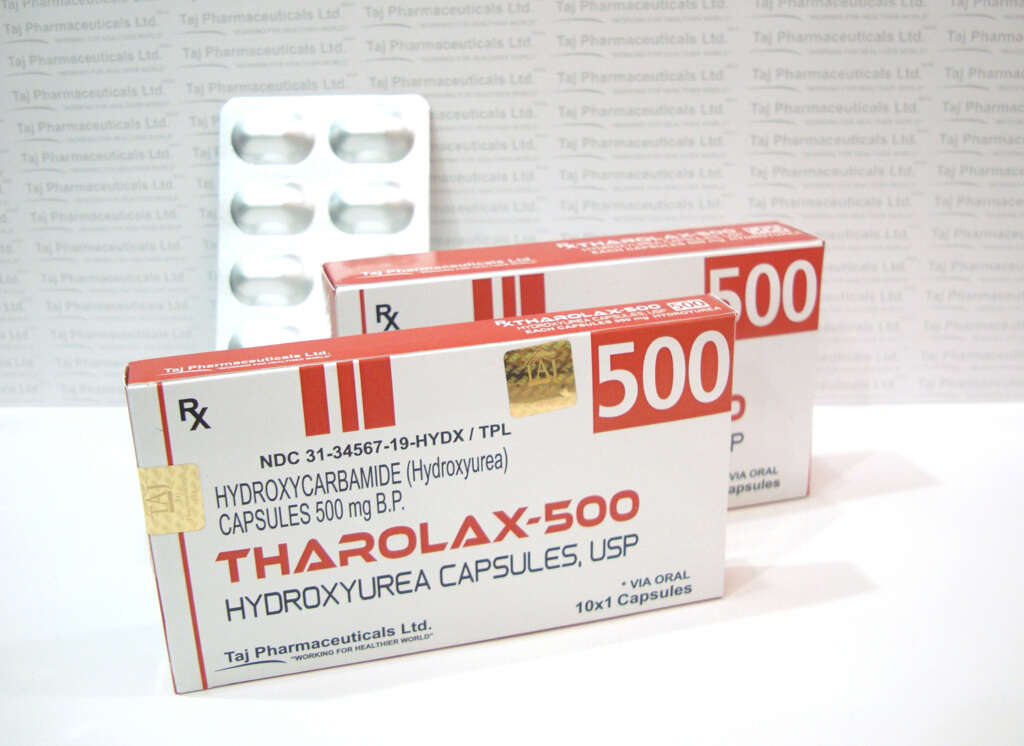
9. Diagnosis
If you have suspected acute chest syndrome, then you really should go to a hospital, and there you should be able to get a diagnosis. It is important when you reach the hospital that they are informed the patient has sickle cell anemia. This will alert them to the fact that the patient probably has a serious condition that needs immediate attention.
Some doctors might reach a quick diagnosis to help them start treating the condition straight away. Others might want to perform an X-ray to look for signs of acute chest syndrome, include the presence of fluid on the lungs.
10. Treatment
If treatment for acute chest syndrome is not found in time then there is a high chance that the patient will die. The patient is also likely to need to remain in hospital, perhaps even in intensive care. They may be given an oxygen mask to help them breathe, and a ventilator may be deemed necessary in the more severe cases.
Some cases will also need a blood transfusion. This allows for healthy red blood cells to be given to the patient, thus meaning their blood can carry the oxygen that it needs. If there is an infection present then medication may be administered to help overcome the infection.



